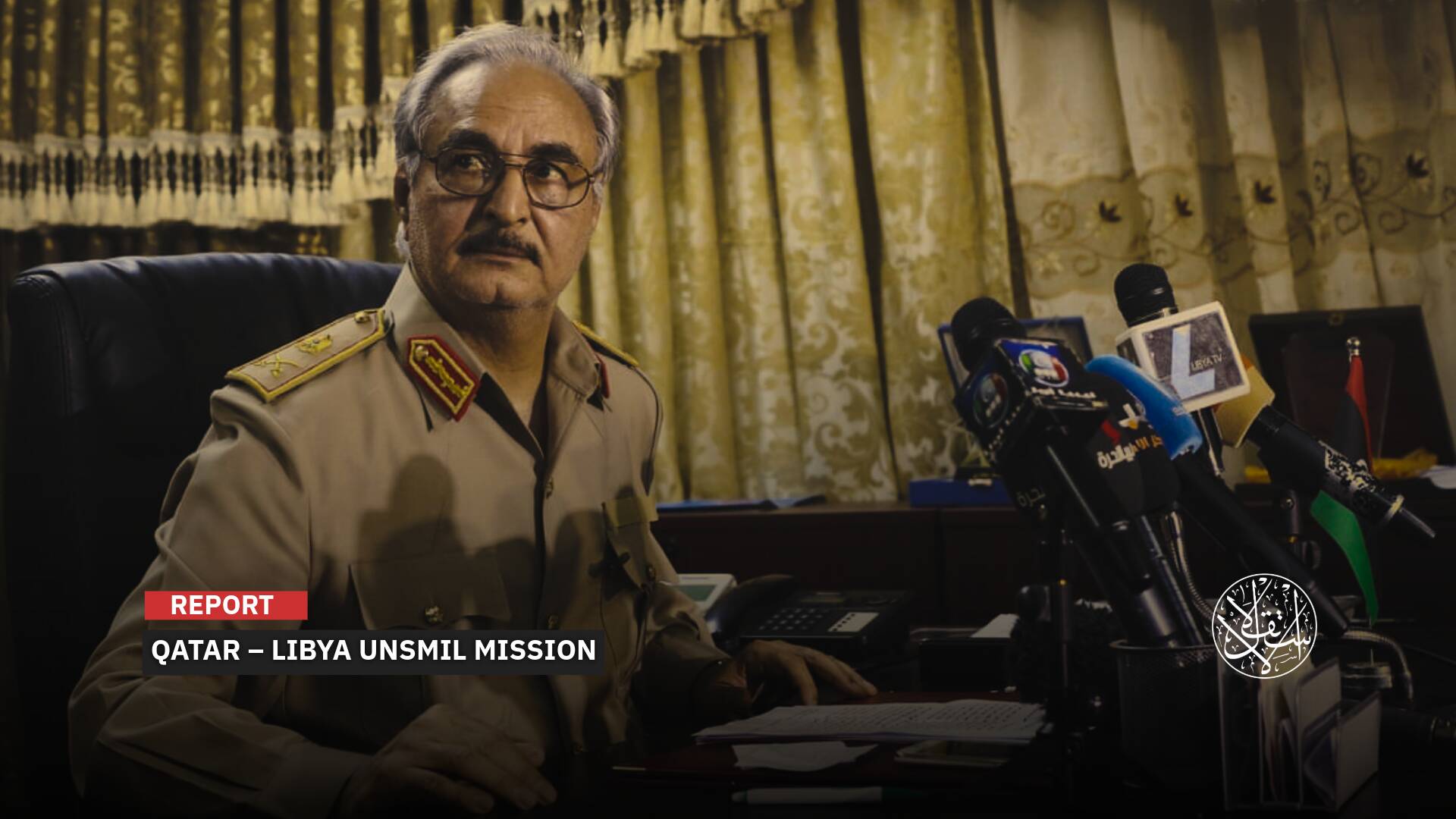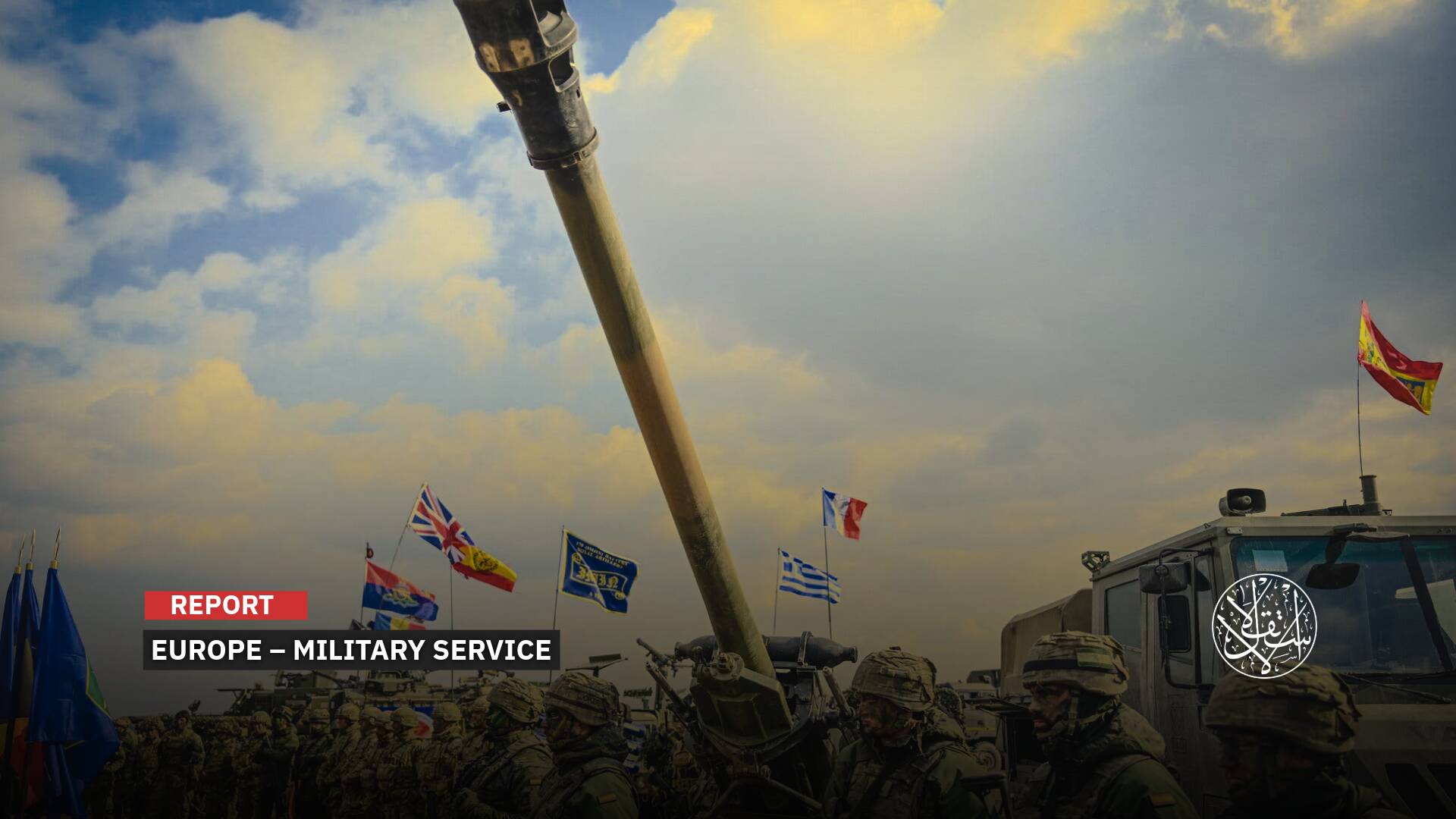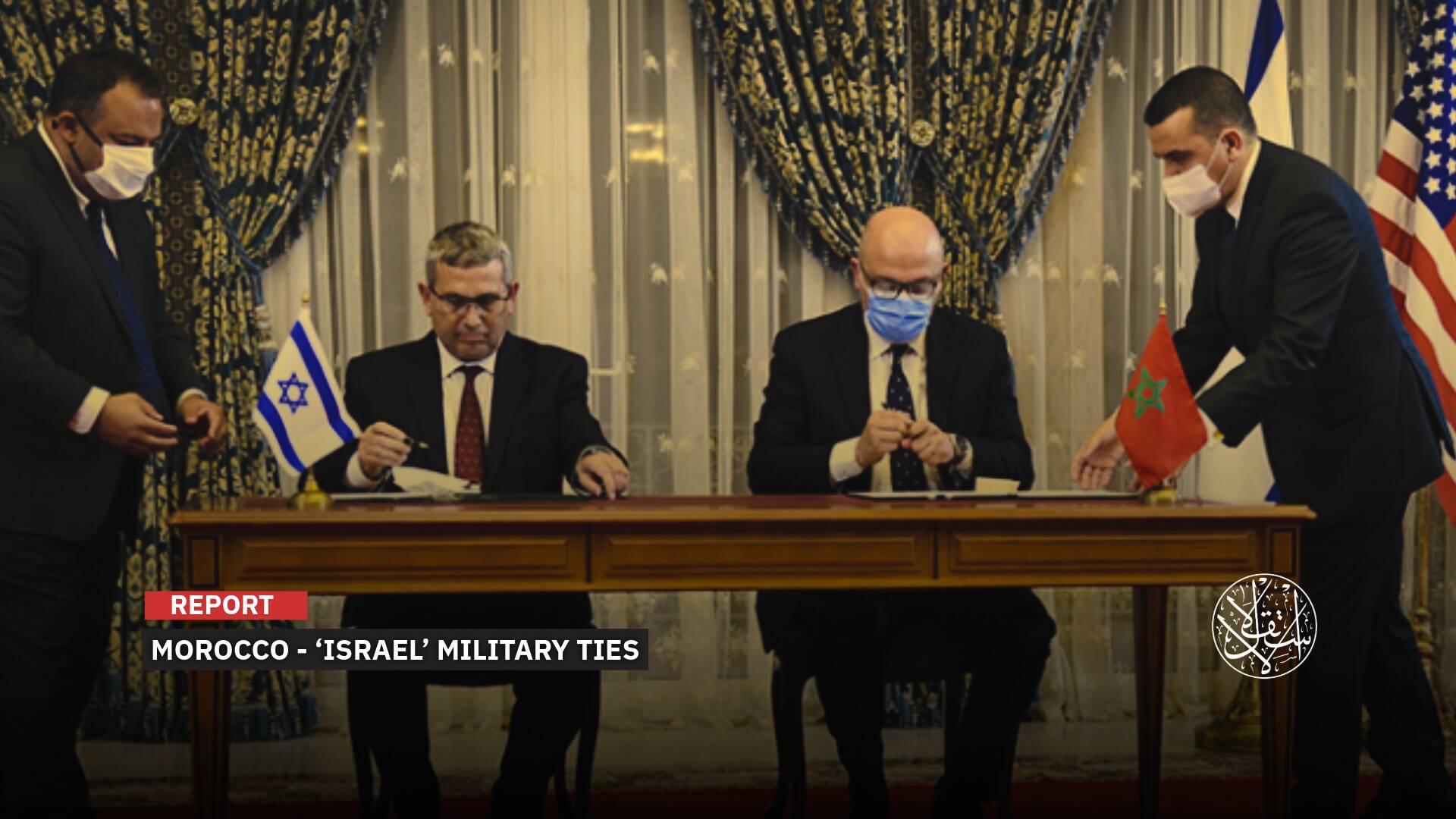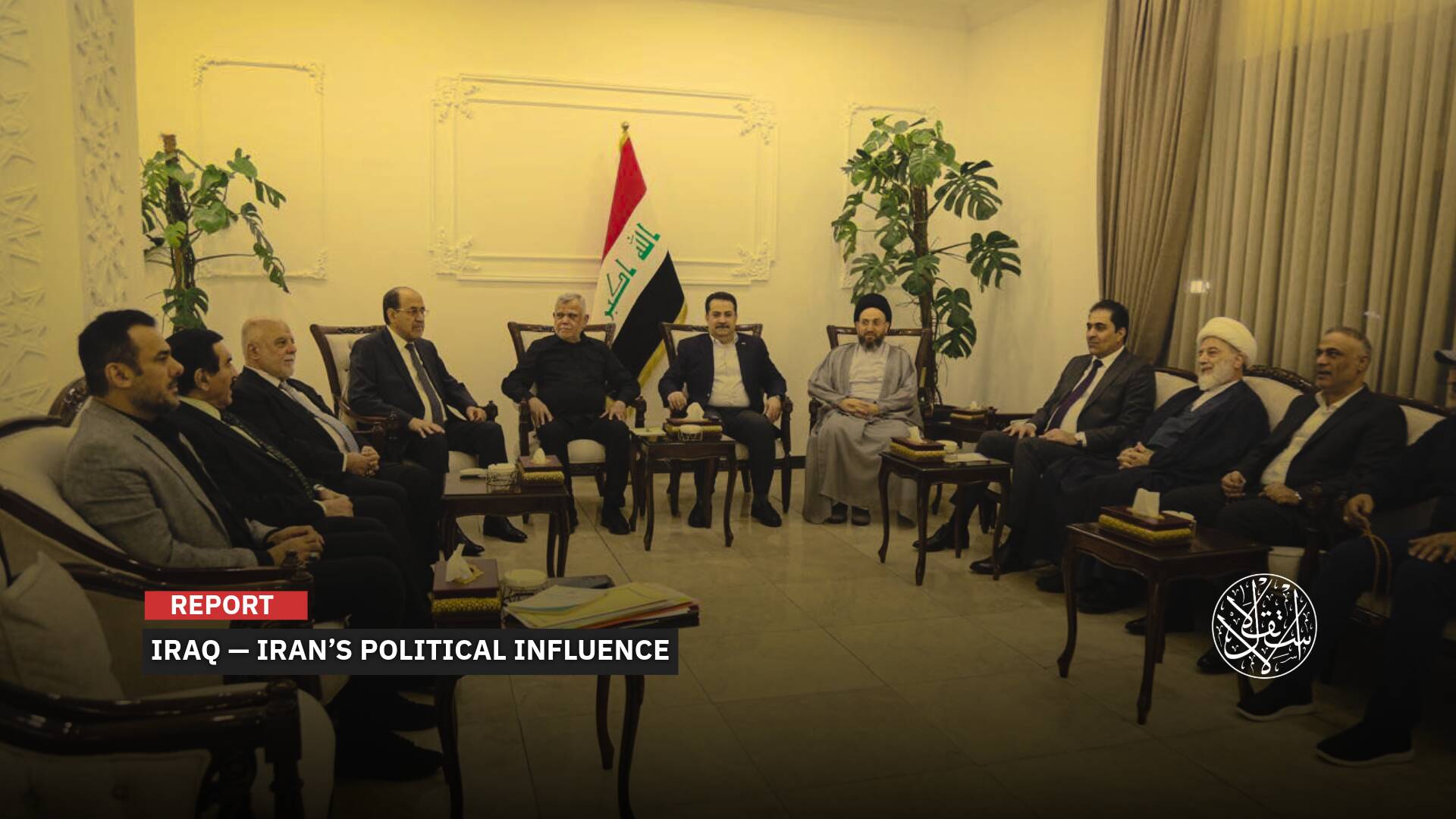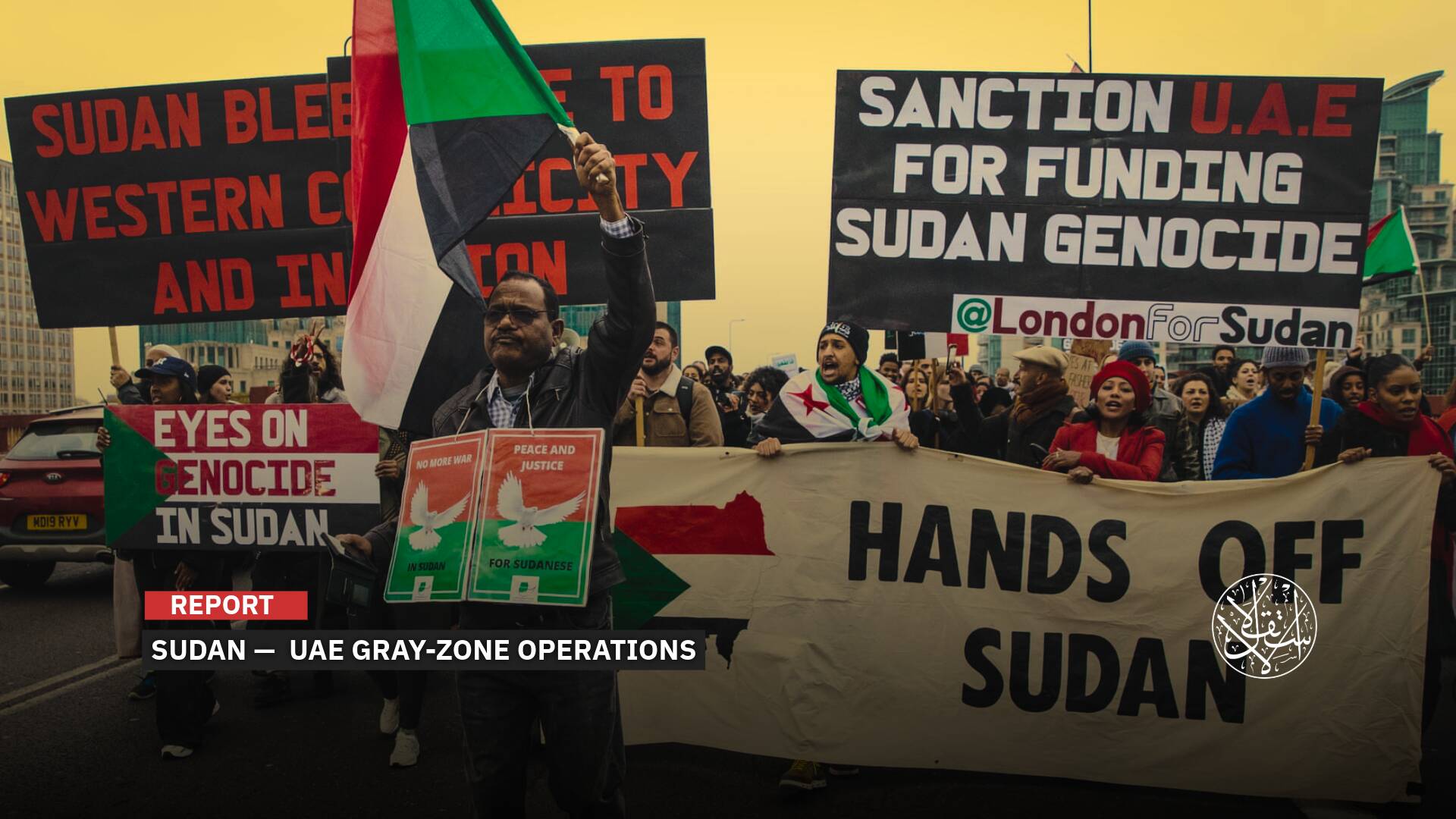How Far Has Turkiye-Pakistan Military Cooperation Challenged India?

Turkiye’s arms exports to Pakistan totaled over $112 million between 2021 and 2024.
When India carried out airstrikes inside Pakistani territory on the morning of Wednesday, May 7, 2025, claiming to target militant camps, the region seemed on the brink of a full-scale confrontation between two nuclear powers.
While New Delhi assumed the attack would go unanswered and that it had seized the initiative, Pakistan’s Operation al-Bunyan al-Marsous on May 10 flipped the script.
Reports quickly emerged that Pakistan had downed advanced Indian aircraft in precision strikes that bolstered the military’s image both at home and abroad.
But behind this well-executed response lay another factor drawing attention within military circles: Turkiye’s role in revamping Pakistan’s defense capabilities.
This was especially true of Turkish drones, which enhanced aerial surveillance and disrupted India’s air force operations during the critical hours of escalation.
Through drone deals, joint training programs, and logistical support for upgrading surveillance and reconnaissance systems, Pakistan was able to plug long-standing gaps, improving its readiness for rapid response.
Turkish drones, proven in battlefields from Syria to Libya and Azerbaijan, provided both defensive and offensive coverage over parts of Pakistan’s border areas. They also delivered real-time intelligence that sharpened the accuracy of Pakistani strikes against hostile Indian aircraft, according to observers.
Thanks to Erdogan
After four days of deadly clashes, India and Pakistan announced a ceasefire agreement on May 10. The deal came just 12 hours after Pakistan launched Operation al-Bunyan al-Marsous, a move seen as a clear message of Islamabad’s readiness to respond.
Two days earlier, Pakistani Prime Minister Shehbaz Sharif expressed deep gratitude to Turkish President Recep Tayyip Erdogan for Ankara’s support during a critical moment.
In a post on X, Sharif mentioned a phone call with Erdogan and said Pakistan valued Turkiye’s solidarity in the face of the latest escalation with India.
He also praised the compassion and prayers shown by the Turkish public for Pakistan’s victims during the crisis.

Sky Tank
Pakistani air defenses managed to shoot down four French-made Rafale fighter jets, a Sukhoi-30, and a MiG-29 during aerial battles, according to The Voice Pakistan.
Pakistani forces also downed around 77 Indian drones, including several advanced models of Israeli origin.
In a significant blow to India’s air defenses, Pakistan destroyed one of New Delhi’s S-400 systems, considered among its most advanced.
The damage extended to four major Indian air bases, along with the destruction of 12 military airports and airstrips, dealing a strategic blow to India’s air infrastructure.
At a press briefing on May 10, a spokesperson for the Indian army acknowledged the losses and claimed that some 300 to 400 Pakistani drones had entered Indian airspace.
These drones, he said, struck 36 targets during cross-border raids by the Pakistani military. They were also used for intelligence and surveillance, greatly improving the precision of Pakistani strikes.
He added that one of the downed drones was identified as the Aksungur, also known as the Sky Tank.
Stunning Capabilities
In a July 30, 2024 report, Al-Estiklal highlighted the Turkish-made Aksungur drone, which played a key role in Pakistan’s recent advances during its conflict with India.
The report noted the drone’s ability to carry some of the most powerful and destructive smart munitions, including the 340 kg KGK-SIHA-82 missile.
It can remain airborne for up to 40 hours without resupply and is powered by two domestically produced engines. It boasts a payload capacity of more than 700 kilograms.
Primarily used for reconnaissance, surveillance, and strikes, the Aksungur is equipped with the PD170 engine, developed by Turkish Aerospace Industries (TAI).
The drone played a pivotal role in Turkiye’s military operations in Syria and Iraq against the PKK, especially on October 24, 2024, when it struck 36 militant targets. It has also featured prominently in Turkiye’s military partnerships with close allies, particularly Azerbaijan and Pakistan.

India on Edge
The growing closeness between Ankara and Islamabad has triggered mounting concern in New Delhi, as reflected in Indian media coverage.
“Turkiye has emerged as one of Pakistan’s most steadfast defence and diplomatic partners, from supplying armed drones used in recent cross-border escalations to voicing support on Kashmir at global forums,” as per Firstpost.
The impact of this emerging axis goes beyond military cooperation. Rising tensions have clearly strained relations between Turkiye and India, particularly in light of President Erdogan’s outspoken criticism of Indian policies in Kashmir.
The recent developments show that ties between Islamabad and Ankara have moved beyond rhetoric and are now reflected in actions on the ground. This shift is evident in the tools and tactics deployed along Indian borders, heightening India’s anxiety over evolving regional dynamics.
The Indian Express also reported that Turkiye is now Pakistan’s second-largest arms supplier and one of its closest allies, consistently supporting it on the Kashmir issue. New Delhi must recalibrate its geopolitical alliances to counter the deepening Turkiye-Pakistan partnership.
By maintaining its military ties with Pakistan, Turkiye has adopted an increasingly hostile posture toward India, both in words and in action, according to the newspaper.

The MILGEM Project
Pakistan has become one of the most important markets for Turkiye’s defense industry, with Turkish arms exports to Islamabad exceeding $112 million between 2021 and 2024, according to the Stockholm International Peace Research Institute (SIPRI).
Their growing partnership has expanded into several strategic areas, ranging from joint military training and exercises to major agreements on the production of fighter jets and combat helicopters.
In July 2018, Turkish Aerospace Industries (TUSAS) signed a deal with Pakistan’s Ministry of Defence to supply 30 T129 ATAK helicopters, along with training aircraft, ammunition contracts, spare parts, and logistical support. The deal solidified Turkiye’s position as Pakistan’s second-largest arms supplier after China.
Among the most prominent examples of this deepening defense cooperation is the MILGEM project—short for National Ship (Milli Gemi)—a Turkish initiative to design and build naval warships using entirely domestic capabilities. The project is spearheaded by the Turkish Navy in collaboration with the Presidency of Defense Industries, STM, and leading defense firms like Aselsan and Havelsan.
In 2020, four MILGEM corvettes were designated for the Pakistani Navy.
Back in July 2018, Pakistan’s Armed Forces signed an agreement with Turkish defense company ASFAT to acquire four Ada-class corvettes. Under the joint project, two vessels would be built in Turkiye and two in Pakistan, with full technology transfer and skills training included.
The Babur-class corvettes feature advanced surface and sub-surface warfare systems, anti-aircraft sensors, and an integrated combat management system. Each corvette is about 99 meters long, with a displacement of 2,400 tons, a top speed of 29 knots, and stealth capabilities designed to evade radar detection.

Drones and Fighters
Pakistan had bolstered its aerial arsenal by acquiring advanced drones from Turkiye, including the widely known Bayraktar TB2 and Akinci models, along with the Aksungur UAV, EurAsian Times reported.
Islamabad received its first batch of Akinci drones in 2023 and has since deployed them in domestic security operations as well as cross-border missions, particularly in areas bordering Afghanistan.
The military partnership between Ankara and Islamabad extends well beyond unmanned aircraft. Talks are currently underway regarding the potential export of Turkiye’s fifth-generation KAAN fighter jets to Pakistan, with discussions also exploring the launch of a joint production line, marking a significant leap in bilateral defense ties.
In a move to enhance precision strike capabilities, Pakistan has also acquired Kemankes cruise missiles developed by Turkish defense firm Baykar. Equipped with artificial intelligence and compatible with both TB2 and Akinci drones, these missiles offer Pakistan the ability to carry out deep and accurate aerial strikes.
In the realm of conventional airpower, Turkiye has undertaken the upgrade of 41 F-16 fighter jets for the Pakistani Air Force. The final deliveries were completed in 2024, significantly improving the operational readiness of Pakistan’s air fleet.
On the ground warfare front, Pakistan has procured advanced anti-tank missiles developed by Turkish firm Roketsan. Both countries are also in negotiations to co-produce these systems, further deepening their defense collaboration.
In air-to-air missile technology, the two nations are sharing expertise through the Gokdogan and Faz-2 programs, which aim to develop more precise and advanced missile systems, underscoring the technological depth of their cooperation.
This growing Turkish-Pakistani military alliance has not only raised alarms in India, but also in Western capitals. On April 23, 2025, Deutsche Welle reported that Turkiye and Pakistan had laid out a roadmap for the co-production of strategic weaponry as part of broader efforts to deepen their defense partnership.
Sources
- Why and how is Turkey doubling down on its support for Pakistan
- Türkiye's bilateral trade with Pakistan reached historical high in 2024, says President Erdogan
- Pakistan-Turkiye Agreements: A New Era of Cooperation or More Symbolic Diplomacy?
- The Turkey-Pakistan entente: Muslim middle powers align in Eurasia
- Pakistan Uses ‘Cutting Edge’ Drones For Anti-Militancy Ops; Gets Ranked 2nd-Most Terror Affected Nation
- Strengthening Military Cooperation Between Turkiye and Pakistan: A Cause for Western Concern? [Arabic]
- What Kind of Policy Does Turkiye Follow Regarding India-Pakistan Tensions? [Turkish]
- Expert Explains: The Pakistan-Turkey nexus and where India stands


